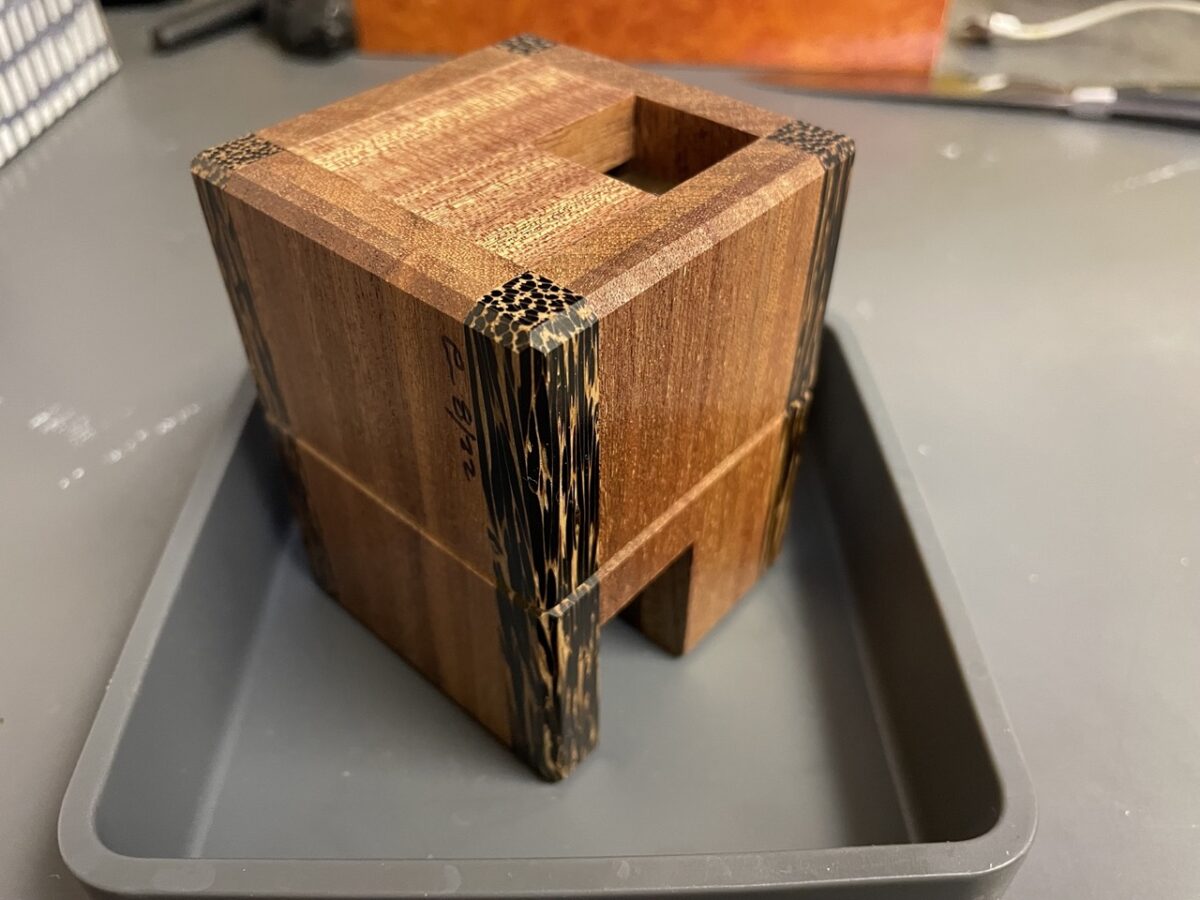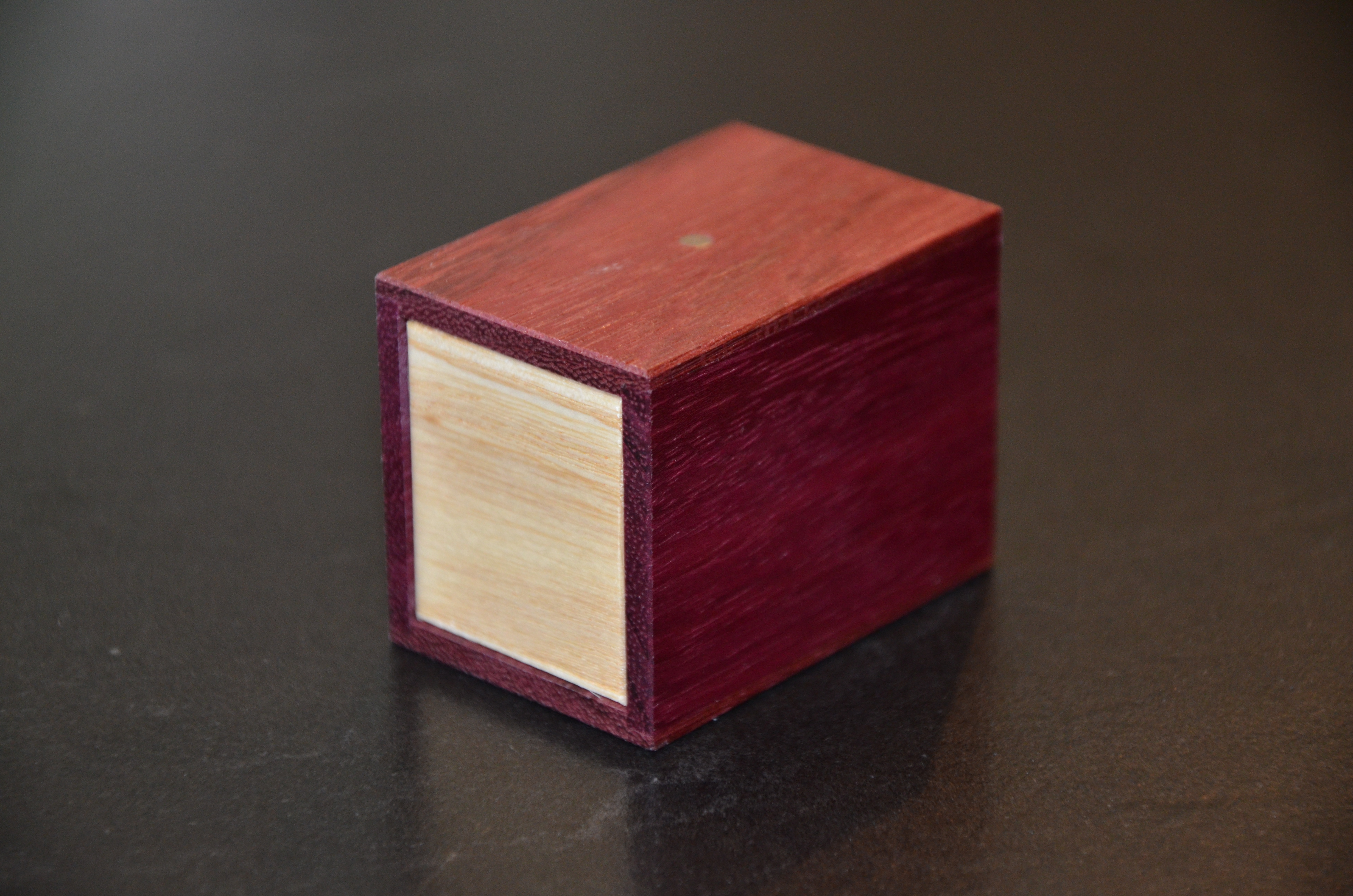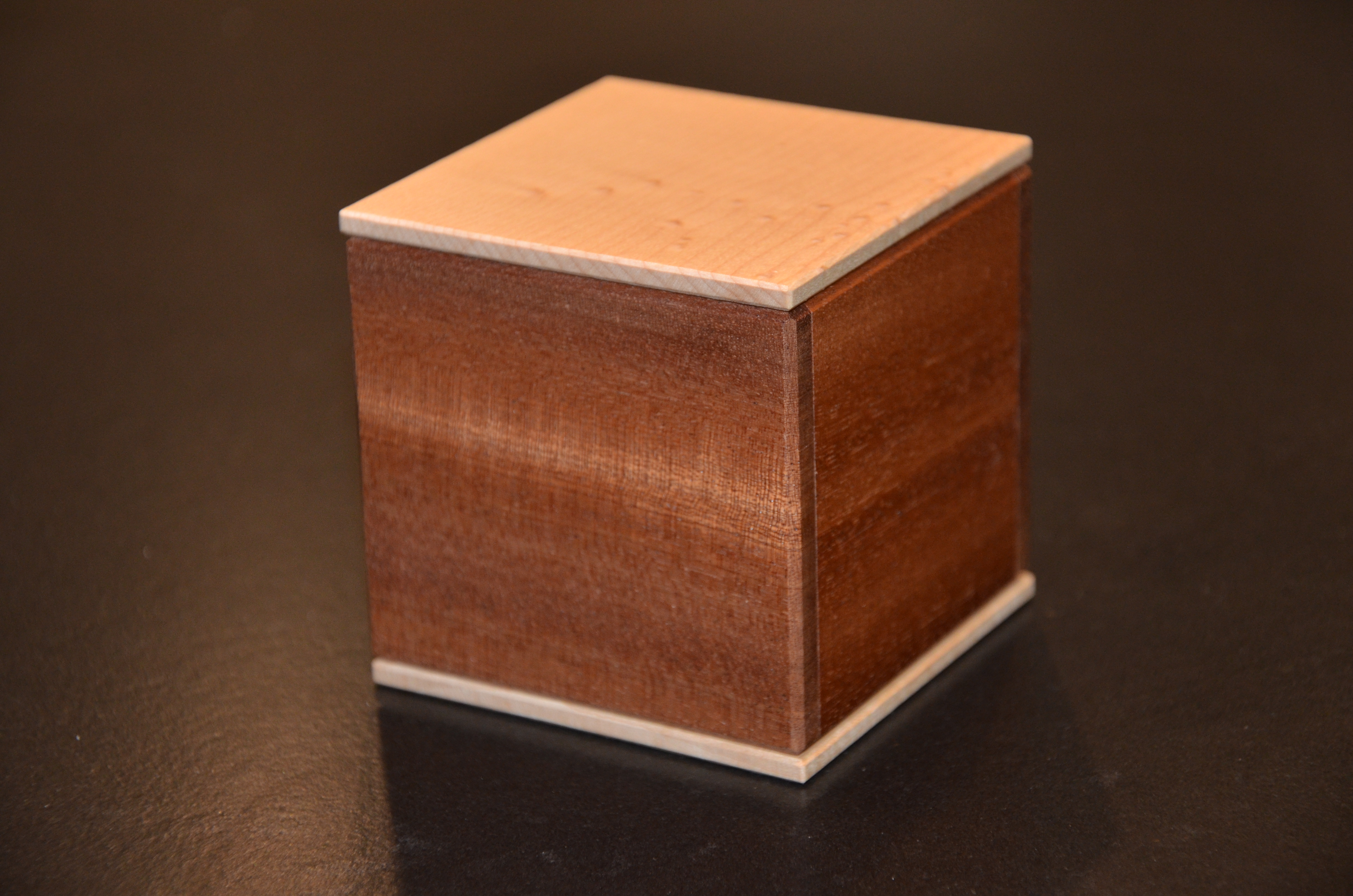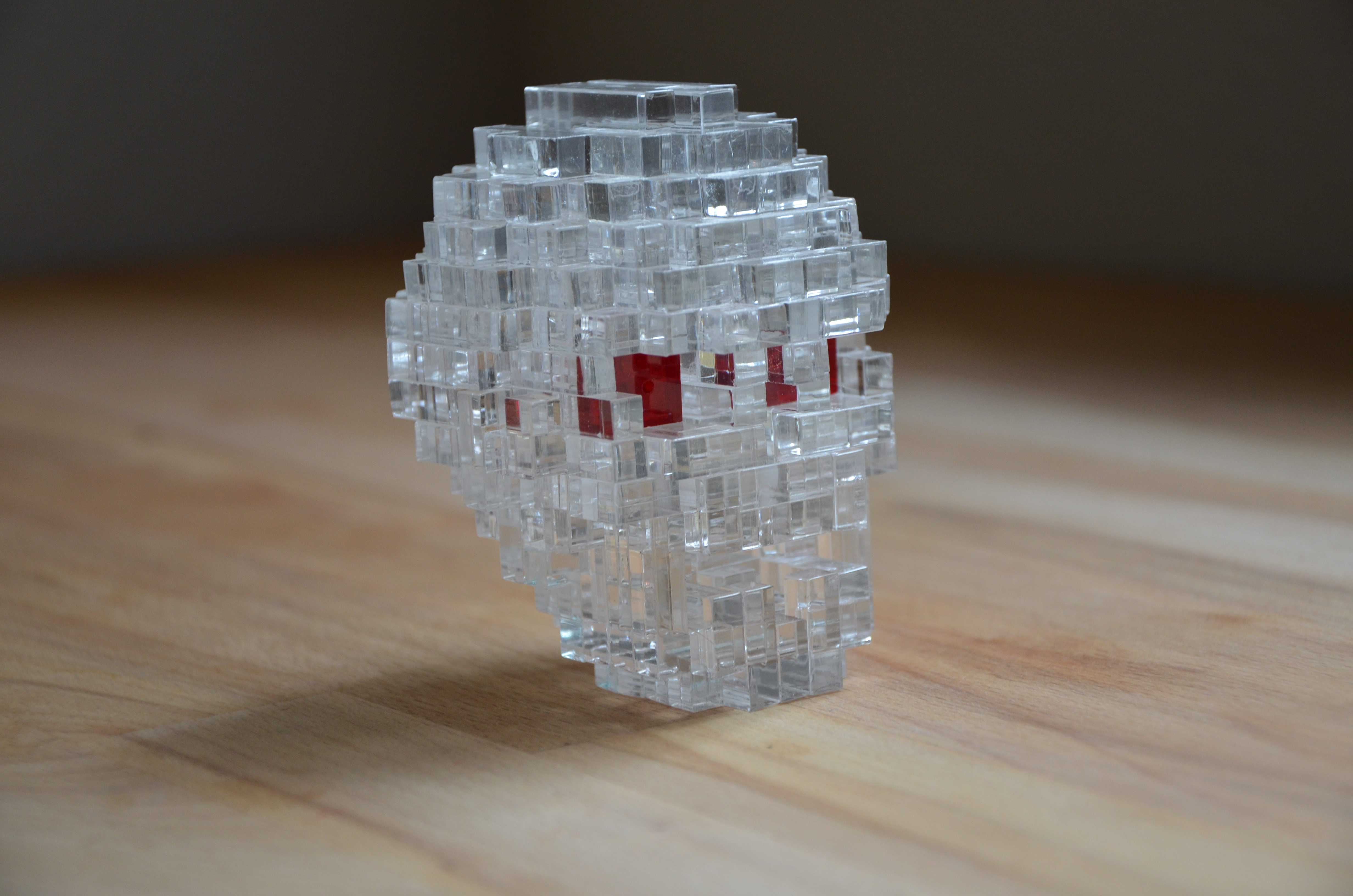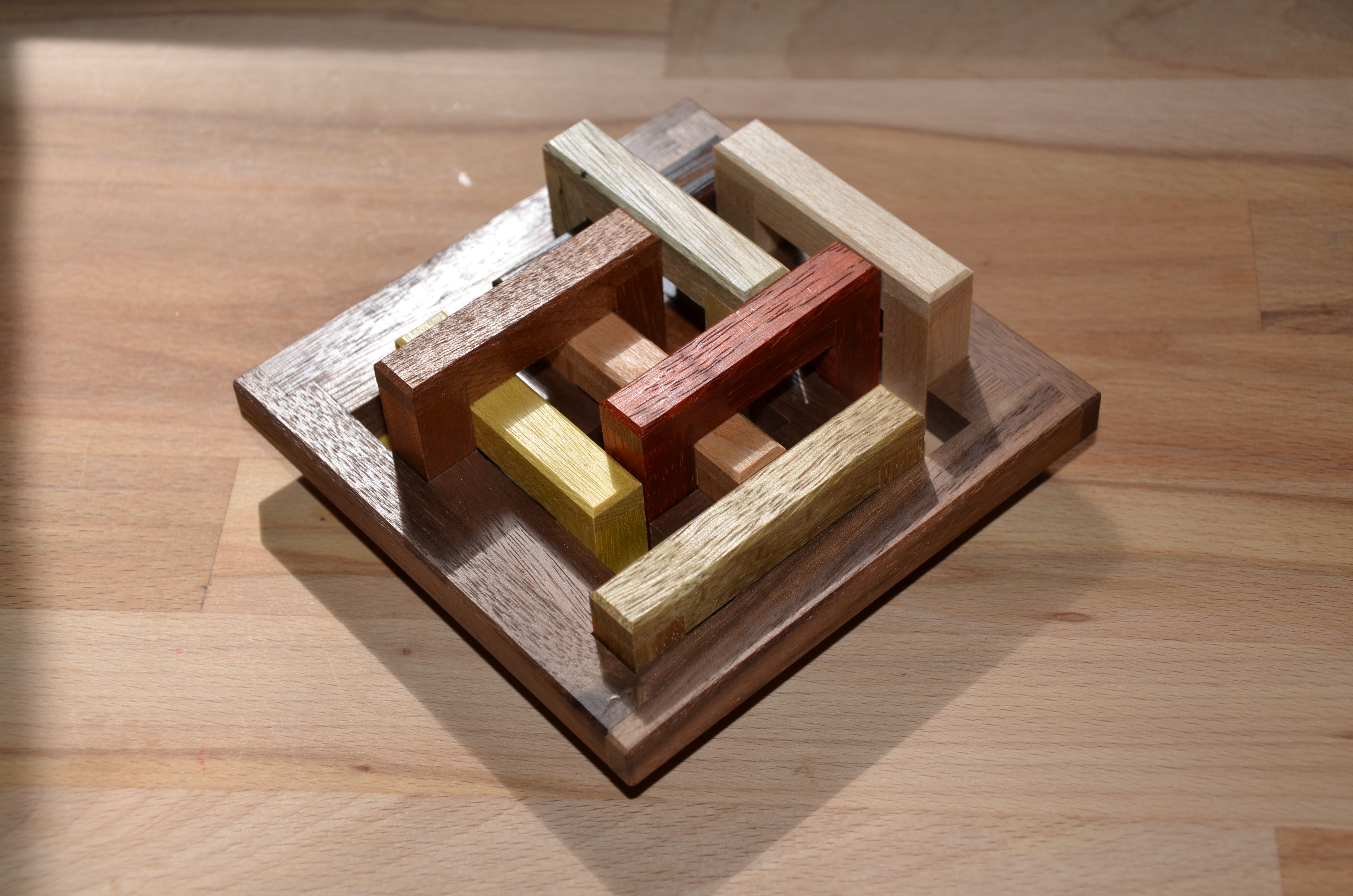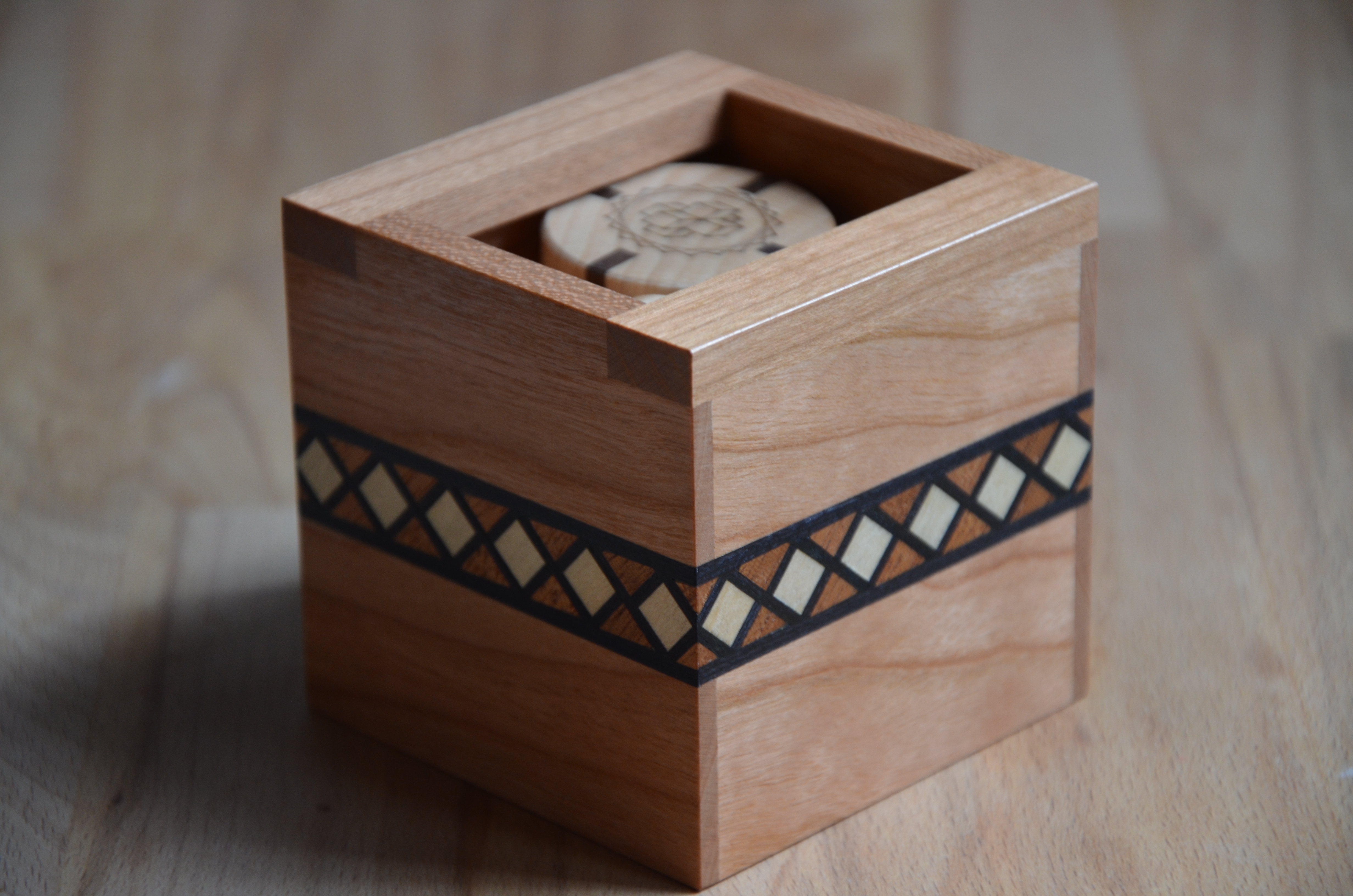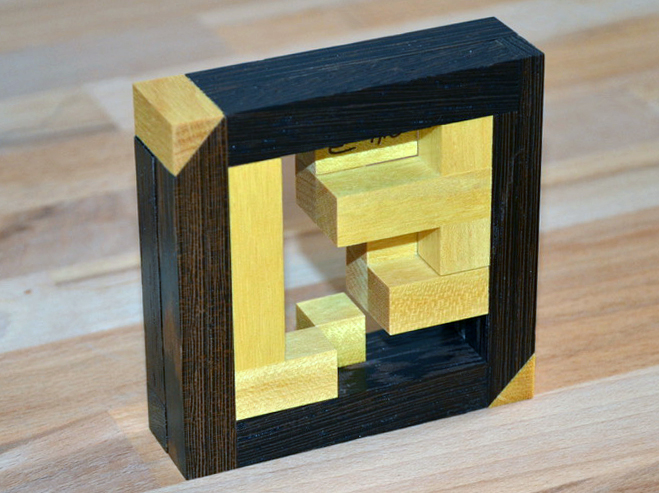Eric fuller
-
Read More: Jammed Gem – Frederic Boucher & Eric FullerI can’t even begin to describe how impressed I am with this puzzle – and…
-
Read More: Small Box #4 – “Paradox Box” – Eric FullerWell, it’s been a while since I wrote one of these blog posts. Life has…
-
Read More: Tube It In Packing Puzzle – Wil StrijbosI am very excited about this one! Tube It In is a unique packing puzzle…
-
Read More: Topless Box – Eric FullerThis puzzle box is quite amazing. The journey that it took me on from initial…
-
Read More: Cranium – Jerry LooYes! I was one of the lucky 8 people to get my hands on this…
-
Read More: Notes – Tamas VanyoThis week, I’m working with Notes, designed by Tamas Vanyo and created by Eric Fuller…
-
Read More: Casino – Dr. Volker LatussekLast Friday, I received a shipment from Cubicdissection.com with 6 different puzzles including Casino, Split…
-
Read More: 2 Rings – Chi-Ren Chen2 Rings is a puzzle that was made by Eric Fuller and was sold back…
